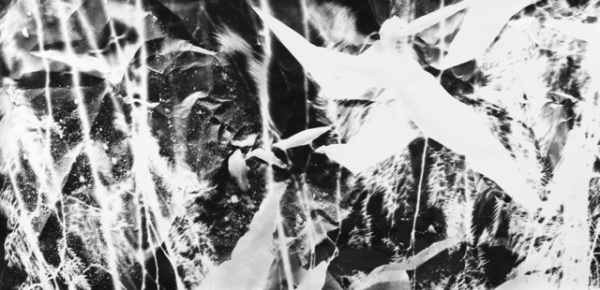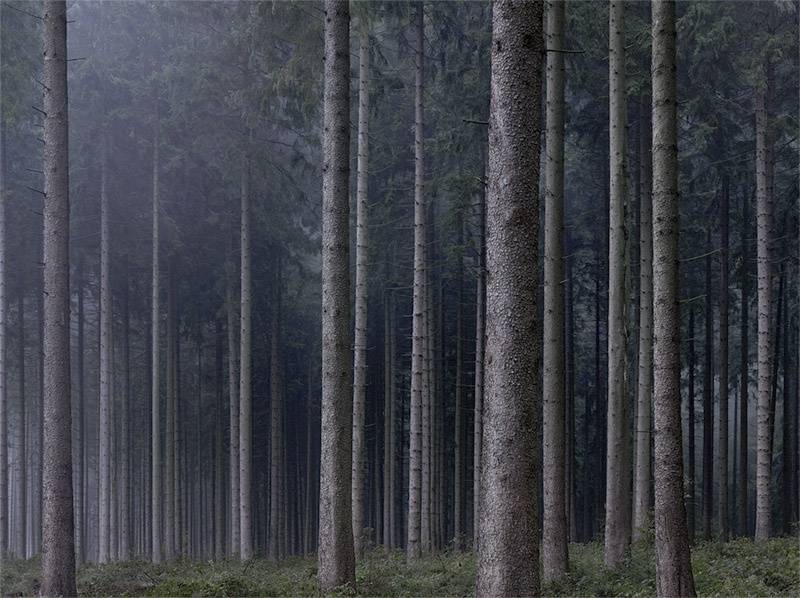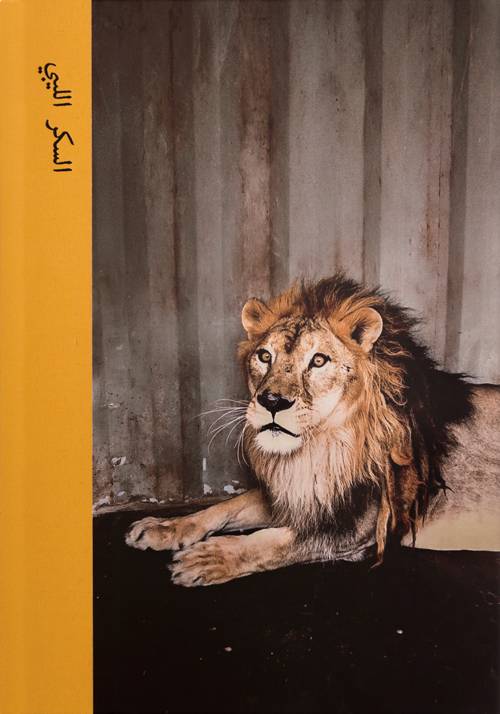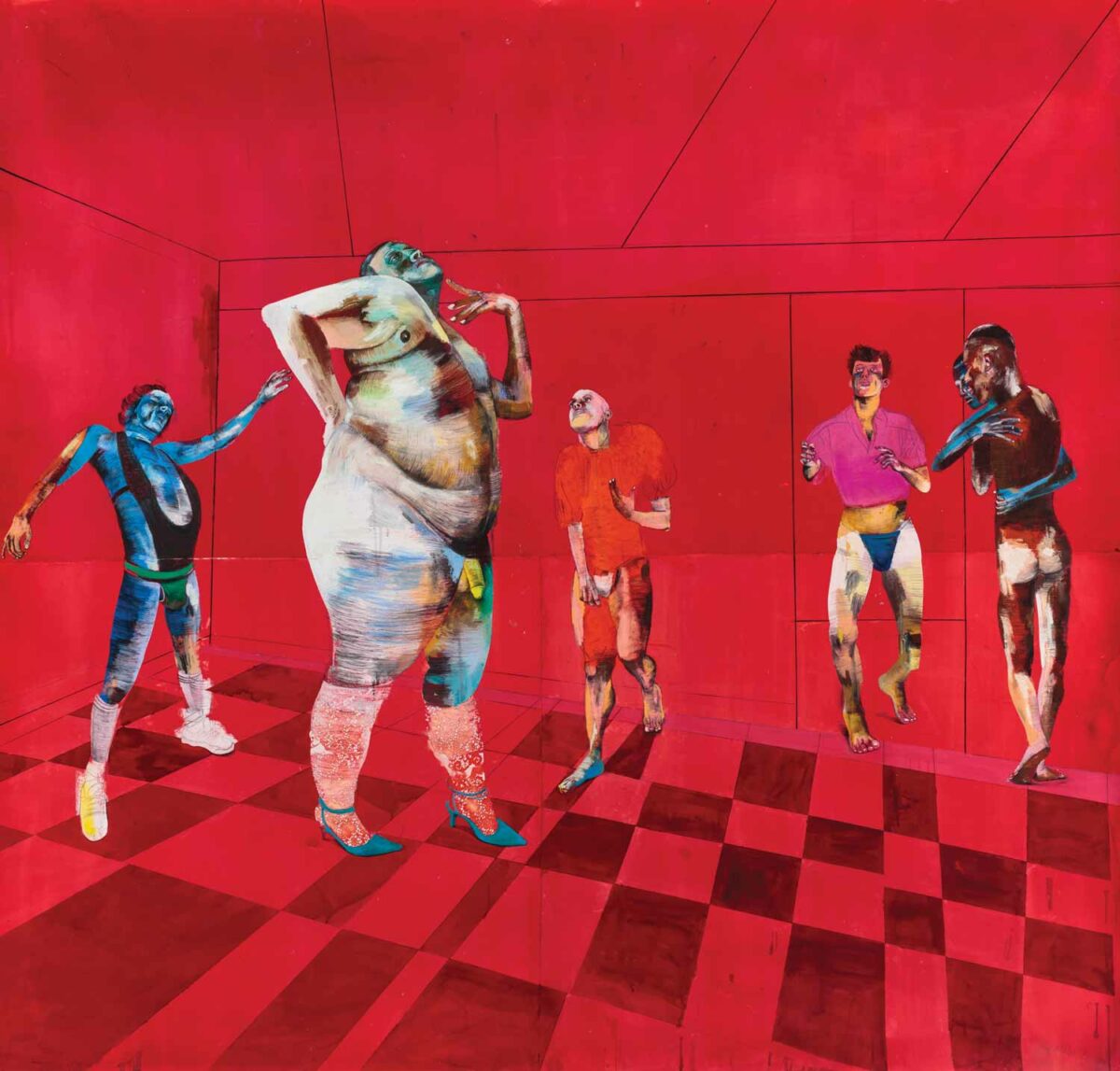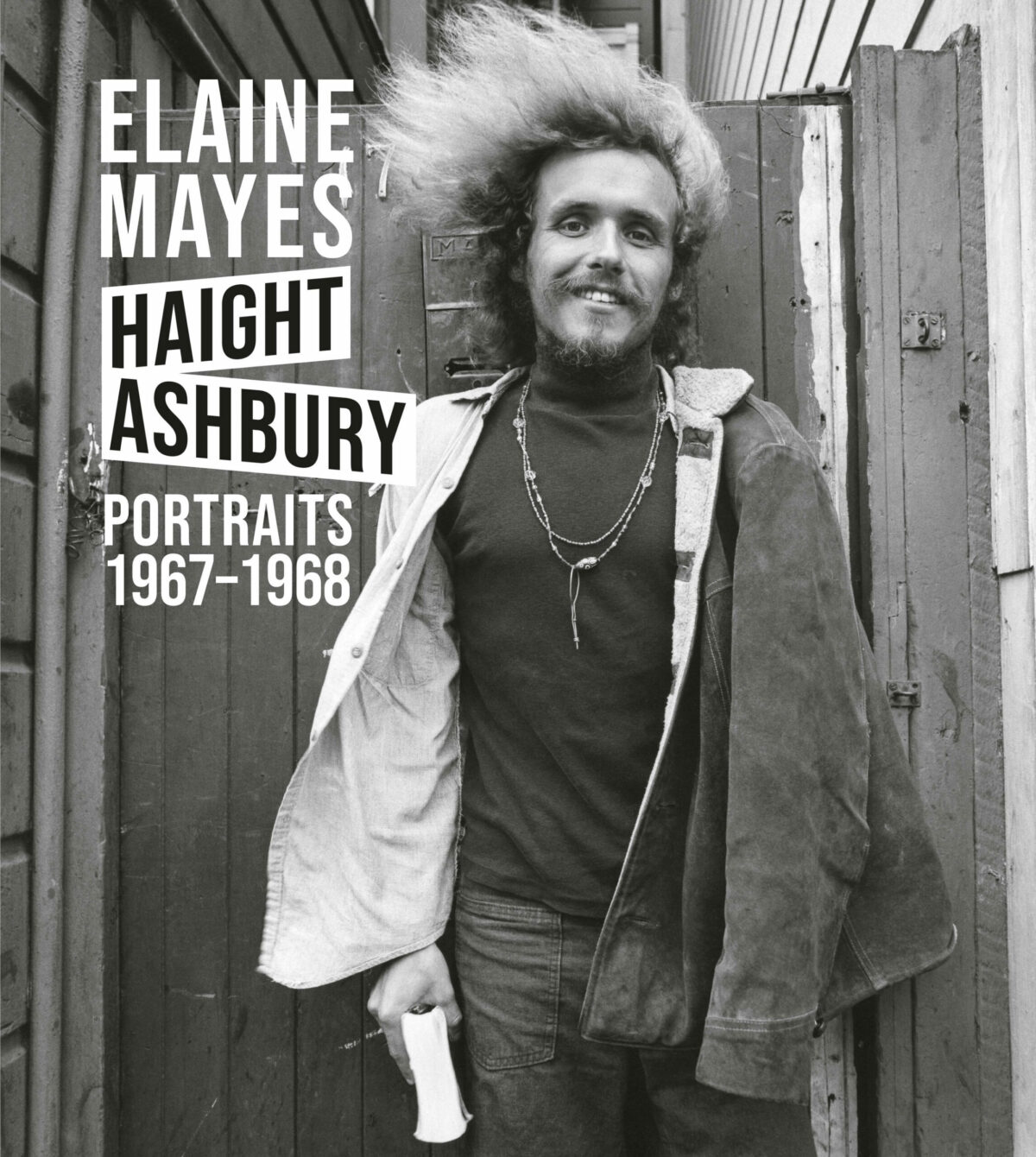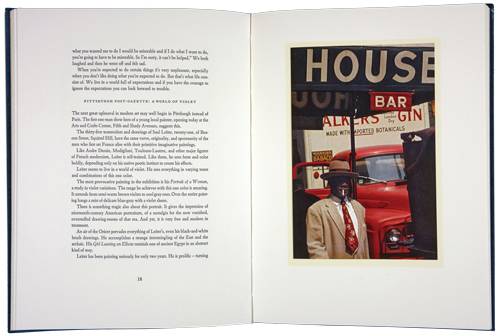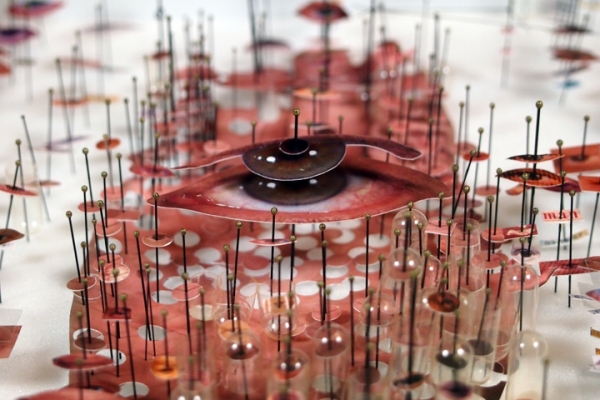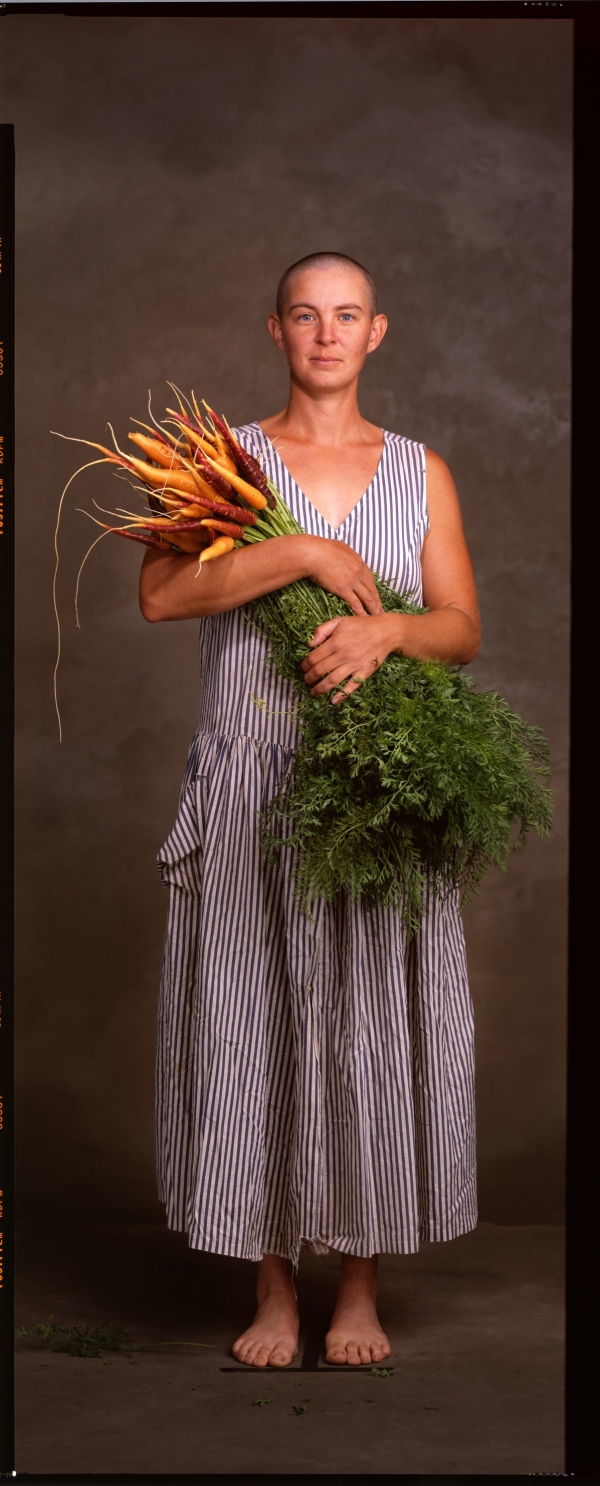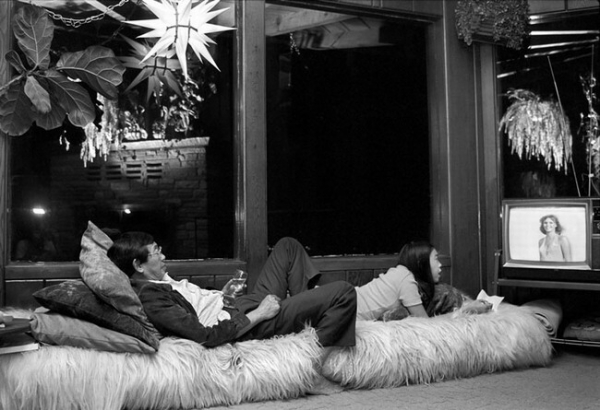

The early 1970s were a peak moment for images of evolving family structures, with California being a kind of locus for the practice. The look and feel of a burgeoning suburban culture were rooted as much in photographs of architecture—codified by the New Topographics exhibition in 1975—as in pictures of the people who lived in those soulless subdivisions. Bill Owens published Suburbia, witty, almost ethnographic, photographs of Northern California housing developments and their occupants in 1972—and the book has maintained classic status ever since. The PBS proto-reality show An American Family was first broadcast in 1973, revealing a charismatically ordinary clan as they weathered divorce, financial strife, and a gay son who comes out on national television.
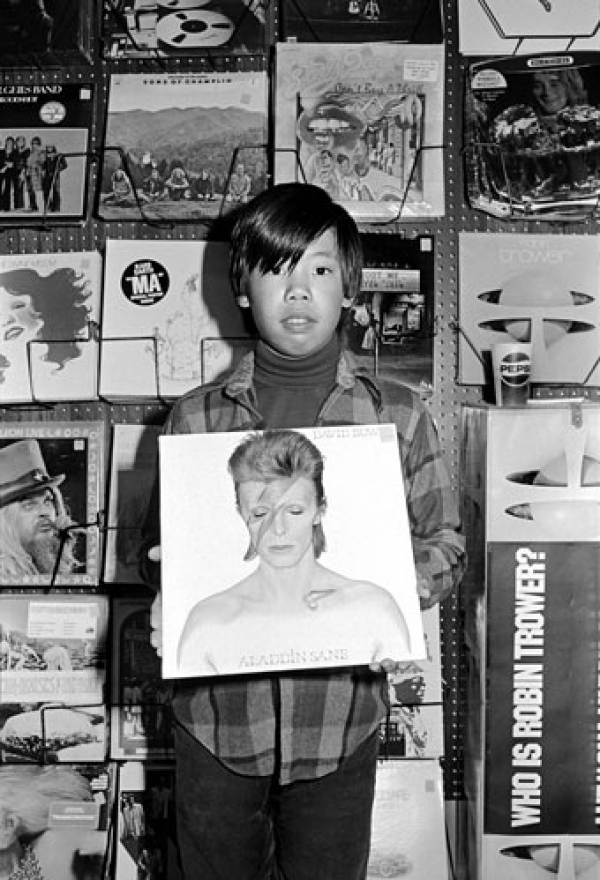

Michael Jang’s black-and-white pictures of his extended Chinese American family were taken that same year, though they weren’t widely seen. (Full disclosure: Jang is included in an October 2013 group show I’ve organized for the Asian Art Museum in San Francisco.) If the aforementioned photographers captured a middle-class white America, Jang traffics in a new demographics that were perhaps harder to contextualize back then. The Jangs, on view at Stephen Wirtz Gallery through July 3, includes shots of the artist’s aunts, uncles, and cousins within all the trappings of suburbia from that era. His family resides in a modernist beach house decorated with shag carpet and kitschy flower power decals, but the charge comes from an unusual sense of family intimacy conveyed with a journalistic eye. Jang reveals a merger of middle-class cultures—Chinese and American—by highlighting lifestyle choices with astute composition. Chris in Record Store shows an adolescent Asian boy holding a Ziggy Stardust LP, with David Bowie’s pale, decorated eyes cast downward. A 1970s-era Pepsi cup on a record shelf nods to the decade’s taste and commercial design. The musical selection counters stereotypes and restrictive identity politics with easy naturalism. So does Monroe and Cynthia Watching T.V., in which a dad and daughter, reclining on a faux fur recliner, contemplate a broadcast blonde.
A young photographer at the time, Jang seems enrapt by the likes of Lisette Model (whose summer workshop he was taking at the time) and Garry Winogrand, whose work he emulates in Self Portrait, San Francisco Financial District, the California Street sign featured conspicuously in the background. The picture, like the other works here, slips comfortably into a rich history of American photography.

